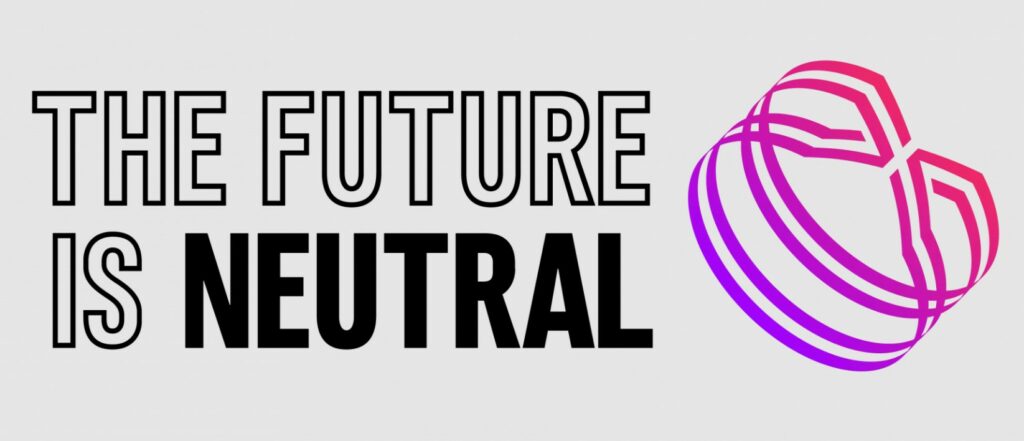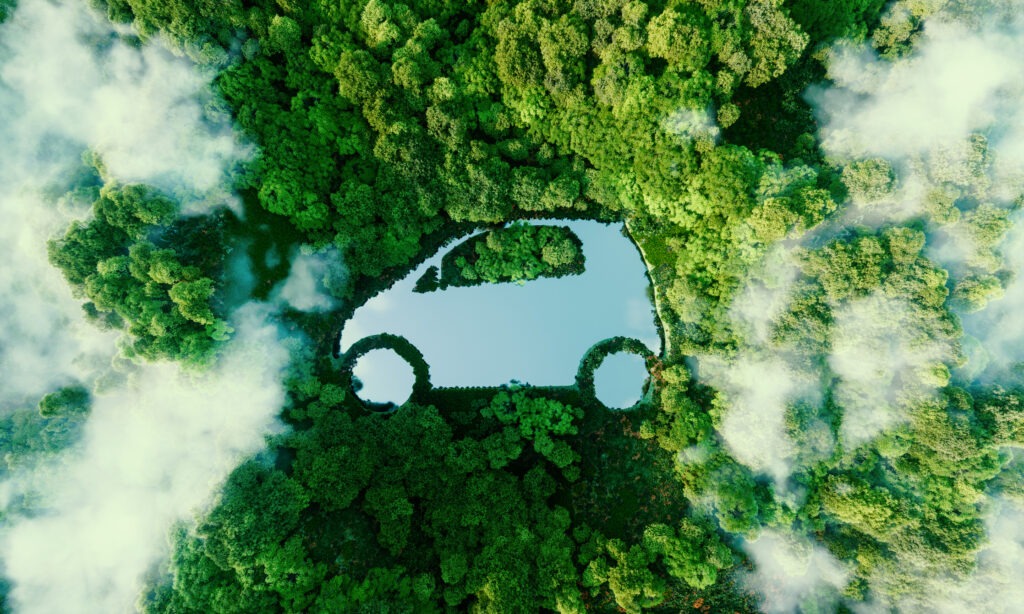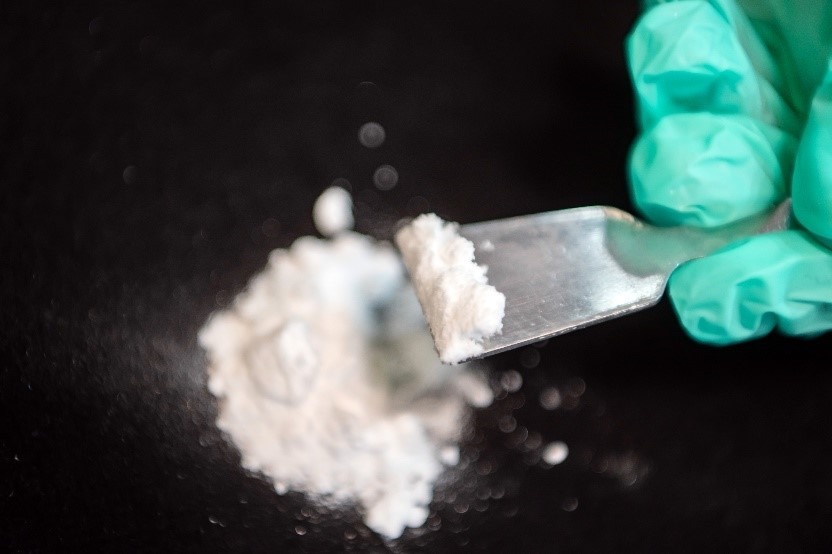How are carmakers turning the circular economy into a business?
26 October 2022

Automotive players want to be more sustainable, a challenging task. But shifting to circular manufacturing can open new business models and drive profits.
Car manufacturers are creating more circular products as part of a drive to make mobility ‘cleaner’, with the promise to cut waste, increase vehicle lifespans, and reuse parts as much as possible.
Recycling and remanufacturing are already widely used practices in the automotive industry, but carmakers are taking this to the next level by launching dedicated circular-economy units.
Automotive giant Stellantis and French competitor Renault are both bringing business entities to life that are aimed at making vehicle manufacturing more sustainable. While decarbonisation plays a role in their plans, they also have their eyes set on profits and lowering costs.
Impact on profitability
Sustainability has not been at the top of the agenda in the automotive industry. A recent study by Capgemini revealed that the level of green initiatives in the car sector has only improved slightly, if at all, in the past few years. The implementation of circular-economy strategies has even seen a drop.
But there is hope. Earlier this month, Stellantis announced more details about its circular-economy business unit, which will likely hit more than €2 billion in revenues by 2030. This might just be a fraction of the company’s overall sales – in 2021, Stellantis reported net revenues of €152 billion – but shifting to a fully circular value chain will not only lessen the environmental impact, but could benefit profitability too.
Accenture, the global professional-services company, said circularity allows carmakers to tap into new value pools. ‘Cost improvements in advanced recycling technologies, vehicle end-of-life treatment and material processing could generate drastically higher revenues than in today’s models and reduce sourcing costs for low-carbon materials,’ Accenture stated in a research report published this year.
It argued that moving to a circular value chain could increase profitability by 1.5 times and enable revenues 15-20 times the vehicle sale price. Together with the World Economic Forum (WEF), Accenture also found that achieving full circularity in the automotive industry could increase value chain profitability by 50%.
The WEF leads the Circular Cars Initiative. It lists vehicle sharing, smart charging, refurbishing, repurposing, and recycling as effective measures to reduce lifecycle environmental footprints and costs.
Cost savings
Stellantis said the main purpose of its circular-economy business unit includes the extension of vehicles and their parts, as well as feeding material and end-of-life vehicles back into a manufacturing loop for new models and products.
The focus will be on remanufacturing, repairing, reusing, and recycling, with the world’s fourth-largest carmaker saying it has already recycled one million parts in just over six months. Remanufacturing is vital too as these parts are typically cheaper due to lower energy and materials use.
With prices rising and raw-material shortages plaguing the automotive supply chain, recycling and reusing can help manufacturers lower costs. Earlier this year, Stellantis CEO Carlos Tavares warned of a shortage of electric-vehicle (EV) batteries by 2024-2025, underlining the importance of extending the life of materials.
‘When we remanufacture or repair parts, we have savings of up to 80% of raw materials, and up to 50% of energy consumed,’ said Stellantis’ senior vice-president of global circular economy, Alison Jones, during a presentation. The carmaker’s new circular-economy business could also pave the way for mergers and acquisitions, Jones told Reuters.
Stellantis’ main circular-economy hub will launch in 2023 at the Mirafiori plant in Italy, with a focus on remanufacturing and reconditioning. Apart from hubs, Stellantis will also operate ‘local loops’ to keep products and materials within countries.
Cars as ‘underexploited’ resource
Meanwhile, Renault is creating a new entity, dubbed ‘The Future Is Neutral’. It will focus on circular economies and is targeting sales of more than €2.3 billion, as well as an operating margin of more than 10%, by 2030. At the same time, Renault is hopeful that external investors will co-finance investments of around €500 million until the end of this decade.
The carmaker has highlighted that in light of inflation, a scarcity of resources, and surging raw-material prices, the new business entity would enable the automotive industry to drastically increase recycled materials availability. A new vehicle only contains between 20% and 30% recycled materials, so raising this ratio is crucial to decarbonising the sector and reducing costs.

The move highlights the increasing pressure carmakers feel to use resources responsibly. What is interesting about Renault’s new circular-economy business is that it claims to operate across the entire value chain. It is also aimed at other automotive companies, not just Renault.
‘In the automotive sector, the first underexploited resource is the car itself, which is made up of more than 85% of metals and plastics,’ said Jean-Philippe Bahuaud, CEO of the unit. ‘This new entity aims to push the automotive industry towards resource neutrality, extracting from each vehicle the largest possible amount of material needed to manufacture a new model.’
EV batteries
Renault will now look to mobilise affiliates and partners to collect parts, materials, and EV batteries. It will rely on its France-based subsidiary Gaia, which focuses on battery repair, parts collection and reuse, as well as the recycling of materials from end-of-life vehicles.
The reuse of EV batteries will take centre stage for Renault. These components have become a strategic market for carmakers, with global demand for batteries forecast to surge 14-fold by 2030. Overall, Renault has grand ambitions and wants to become a European leader in closed-loop battery recycling. It will join forces with its partners to pool end-of-life batteries with production waste.
Since EV batteries come with a high carbon footprint and battery disposal remains costly, the automotive industry is further exploring battery circularity. Other carmakers, like Mercedes-Benz and Volkswagen (VW) Group, have battery-recycling projects in the works, with the aim of recovering around 95% of raw materials from spent power packs.
While circularity will not come without its challenges, car manufacturers have recognised that there is plenty of room for improvement when it comes to handling end-of-life vehicles. The decarbonisation strategies of Stellantis and Renault highlight that sustainability is not just about reducing the toll on the environment. The circular economy is also increasingly becoming a business model.



